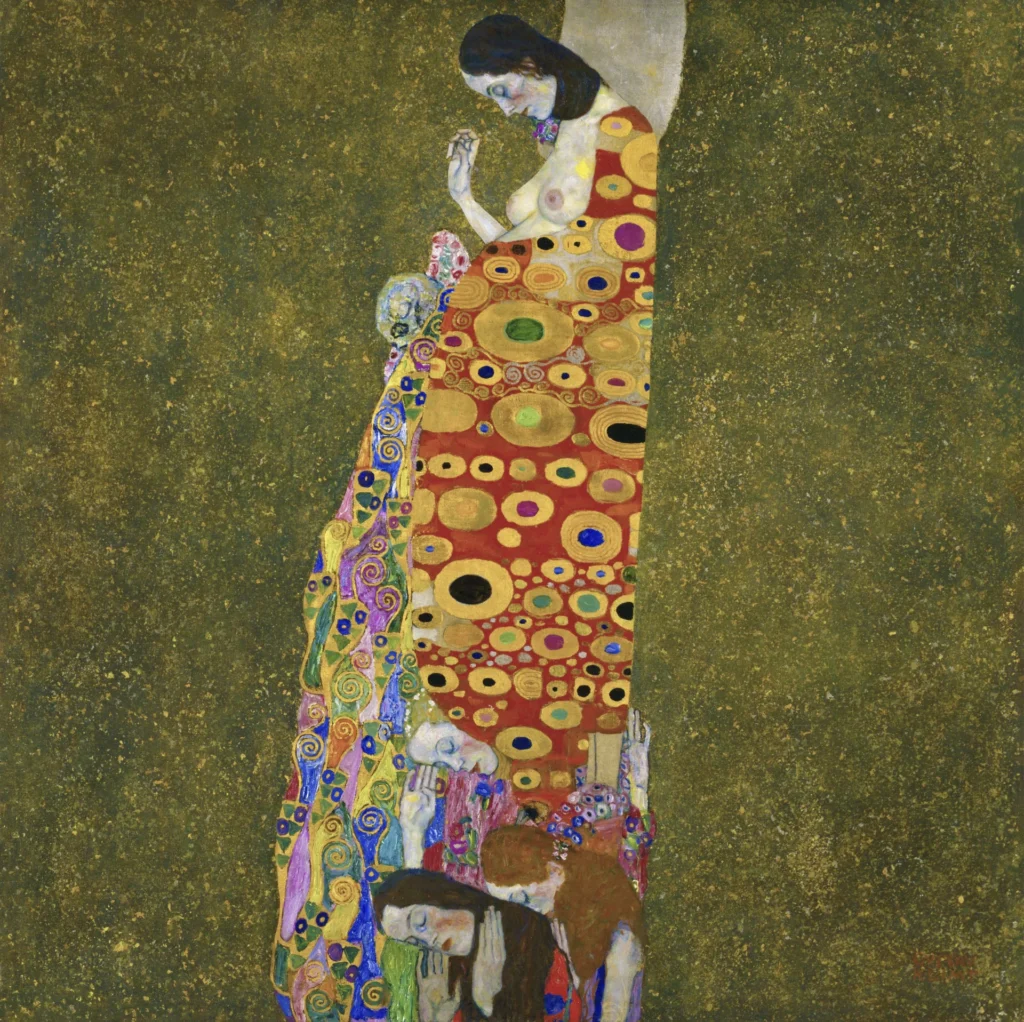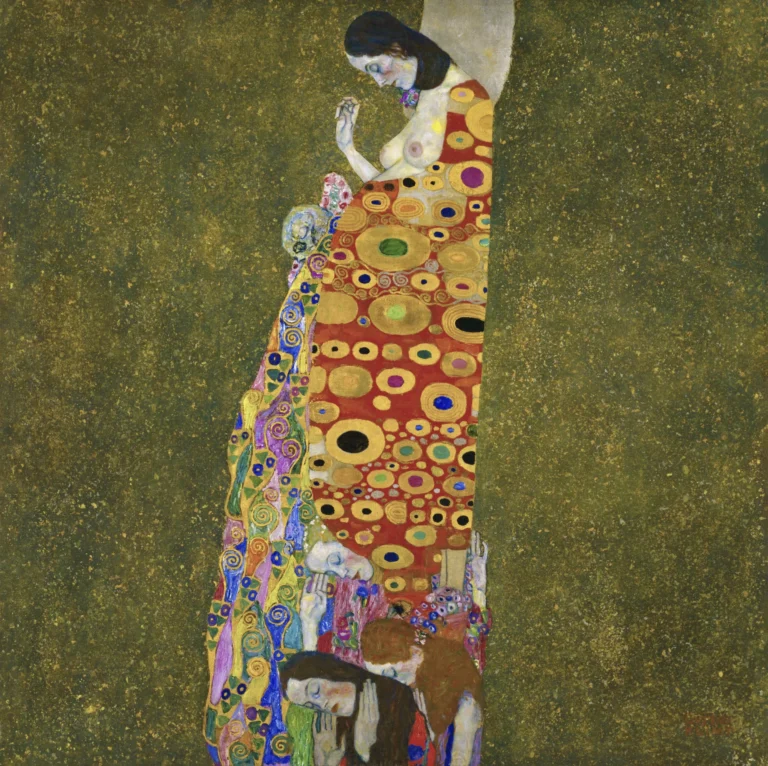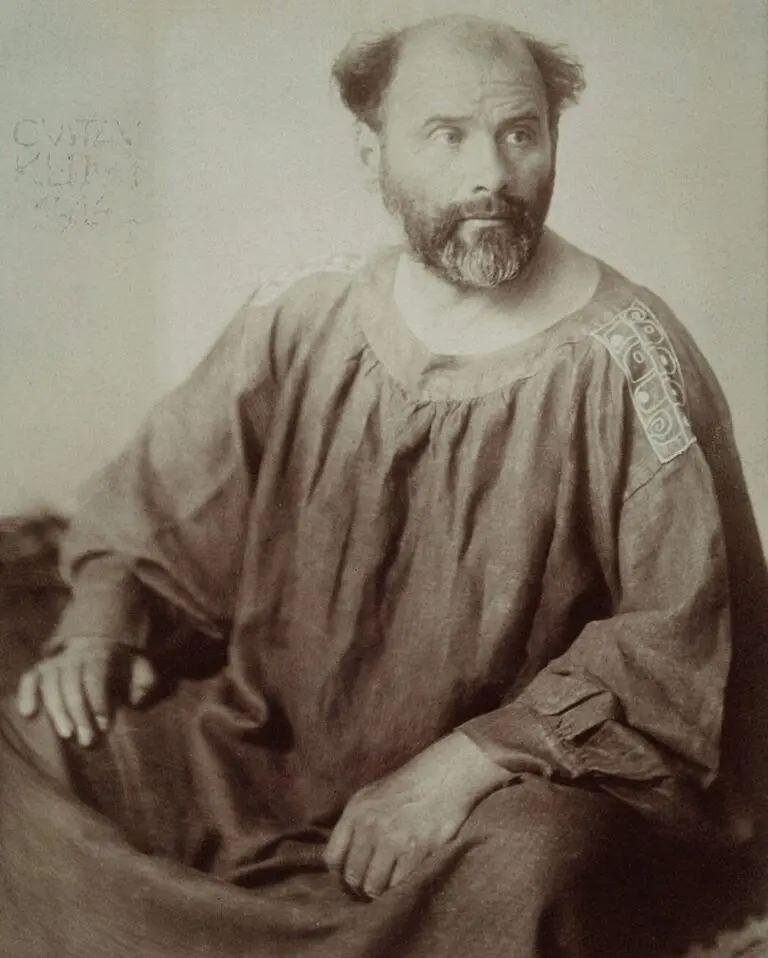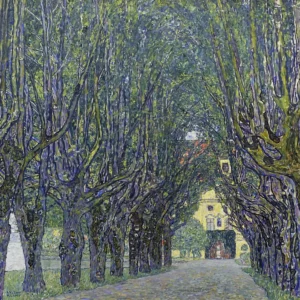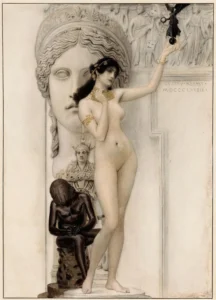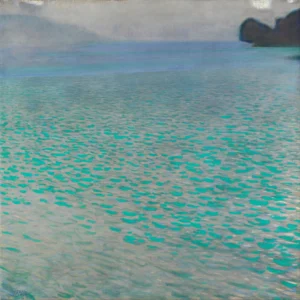Hope II (1907-1908)
Created between 1907 and 1908, Gustav Klimt's Hope II is an oil painting that features a pregnant woman named Herma, adorned in a strikingly decorative gown. The artwork is rich in symbolism, showcasing the dualities of life and death through the depiction of a human skull behind her abdomen. Acclaimed for its ornate use of gold and complex themes, the painting reflects Klimt's unique artistic influences while capturing profound emotional depth.
1907 - 1908
About the Artwork
Hope II was created during a transformative period in Vienna, in the heart of the Secessionist movement, which sought to redefine the limits of art. Klimt's choice of a pregnant model, Herma, allowed him to delve deep into the themes of motherhood and the fragility of life. The inclusion of a skull speaks to the mortality that accompanies new life, prompting viewers to reflect on the intricate relationship between birth and death. Exhibited for the first time in 1908 at the Vienna Kunstschau, the painting drew both admiration and controversy for its sensuality and poignant subject matter. Over the years, it changed hands before finding its permanent home at MoMA, where it continues to intrigue and inspire contemporary audiences.
Did You Know
Gustav Klimt’s unique style significantly influenced a generation of artists in the early 20th century, paving the way for modern movements such as Art Nouveau and expressionism.
The skull in Hope II serves as a poignant reminder of mortality, intertwining the themes of life and death—a common motif in Klimt’s oeuvre, reflecting the anxieties of his time.
Herma, the model for Hope II. was also a muse for Klimt in other works, embodying his fascination with the feminine form and the complexities of motherhood, a recurring theme in his art.




